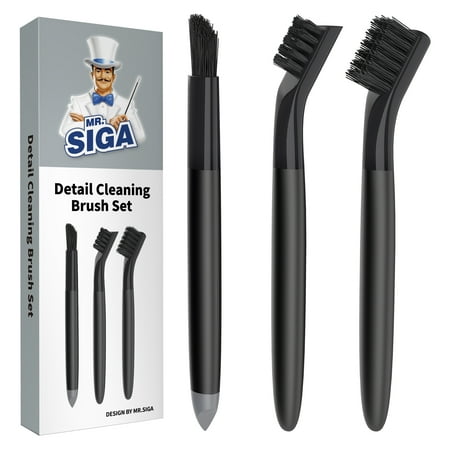You are likely forgetting to dust these 6 spots, professional cleaners warn – here’s why you need to tackle them ASAP
You can give these spots a quick clean in no time at all


We all want household cleaning to be as quick as possible, but it is easy for speed to turn into forgetfulness. As a result, there are many overlooked spots you are probably forgetting to dust.
While dust might not seem all that bad, it can quickly build up, lowering your indoor air quality, exacerbating allergies, and producing musty odors, professional cleaners have warned.
Here, they have revealed the places you definitely aren’t cleaning but need to, so you can properly remove dust once and for all.
Overlooked spots you are forgetting to dust
Forgetting these six overlooked spots is a common dusting mistake to avoid, cleaners warn, so make sure you remember this cleaning tip when going about your regular cleaning routine.
1. The top of the fridge
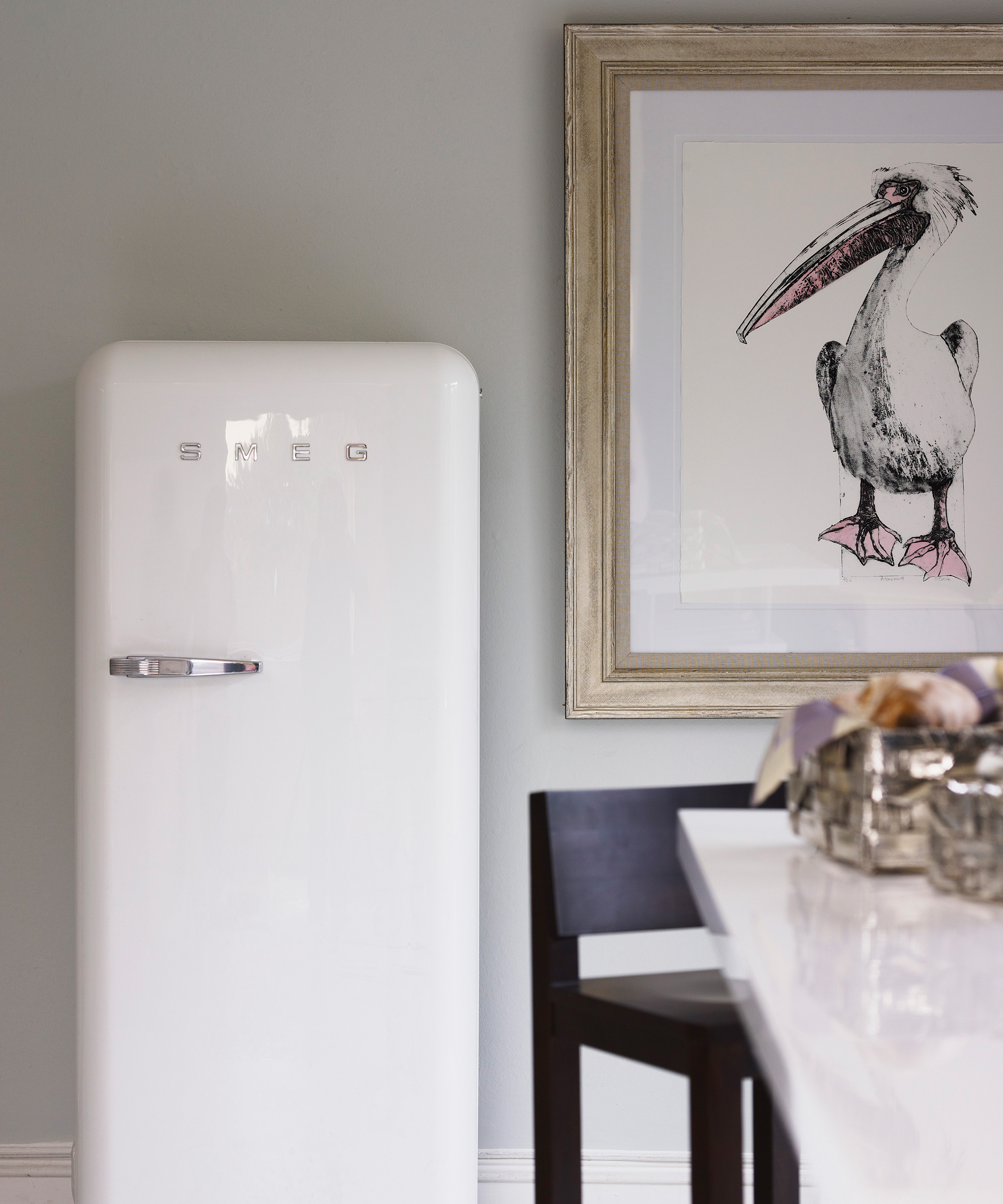
Forrest Webber, cleaning expert and owner of Bear Brothers Cleaning begins, ‘The first place that comes to mind is the top of the fridge. It can accumulate a ton of dust, but you would never know because you can't see it!’
When cleaning a refrigerator, start with the exterior. Clear away anything you may have stored on the top before using a damp cloth to pick up dust. For very dusty surfaces, it might help to vacuum with a handheld attachment first to avoid clogging your cloth up on the first pass.
Starting with the outside gives you a clean space to pop food on when cleaning the inside shelves and prevents dust from falling in.
Design expertise in your inbox – from inspiring decorating ideas and beautiful celebrity homes to practical gardening advice and shopping round-ups.
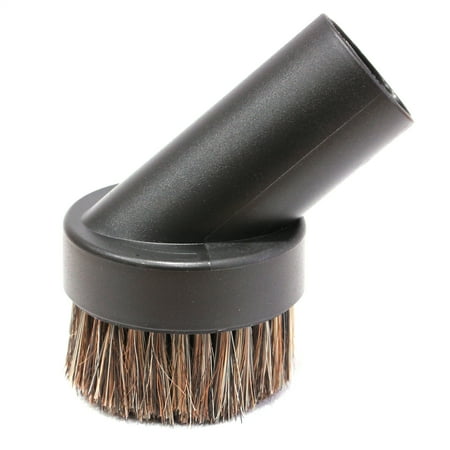
Designed to slot onto most vacuum hoses, a brush attachment makes sucking up dust without it settling elsewhere in your home quick and easy.
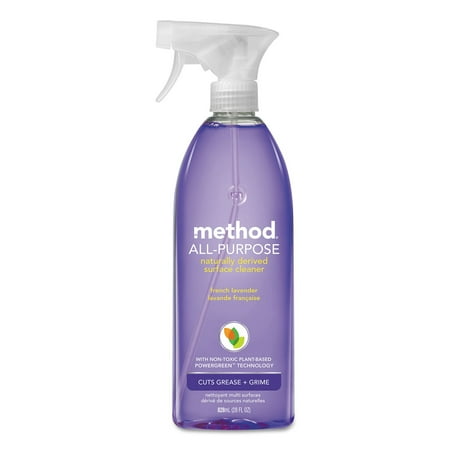
Dampening your dusting cloth first makes dust easier to collect. This Method spray is made with a plant-based formula and adds a lovely fragrance to your home as you clean.
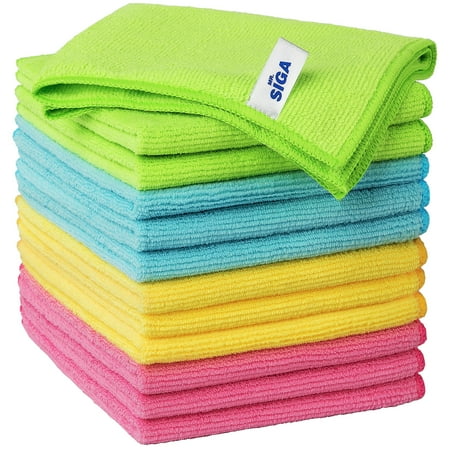
Microfiber cloths are great for dusting, with small fibres picking up dust with ease. Simply shake outside before laundering to reuse time and time again.
2. Extractor fans
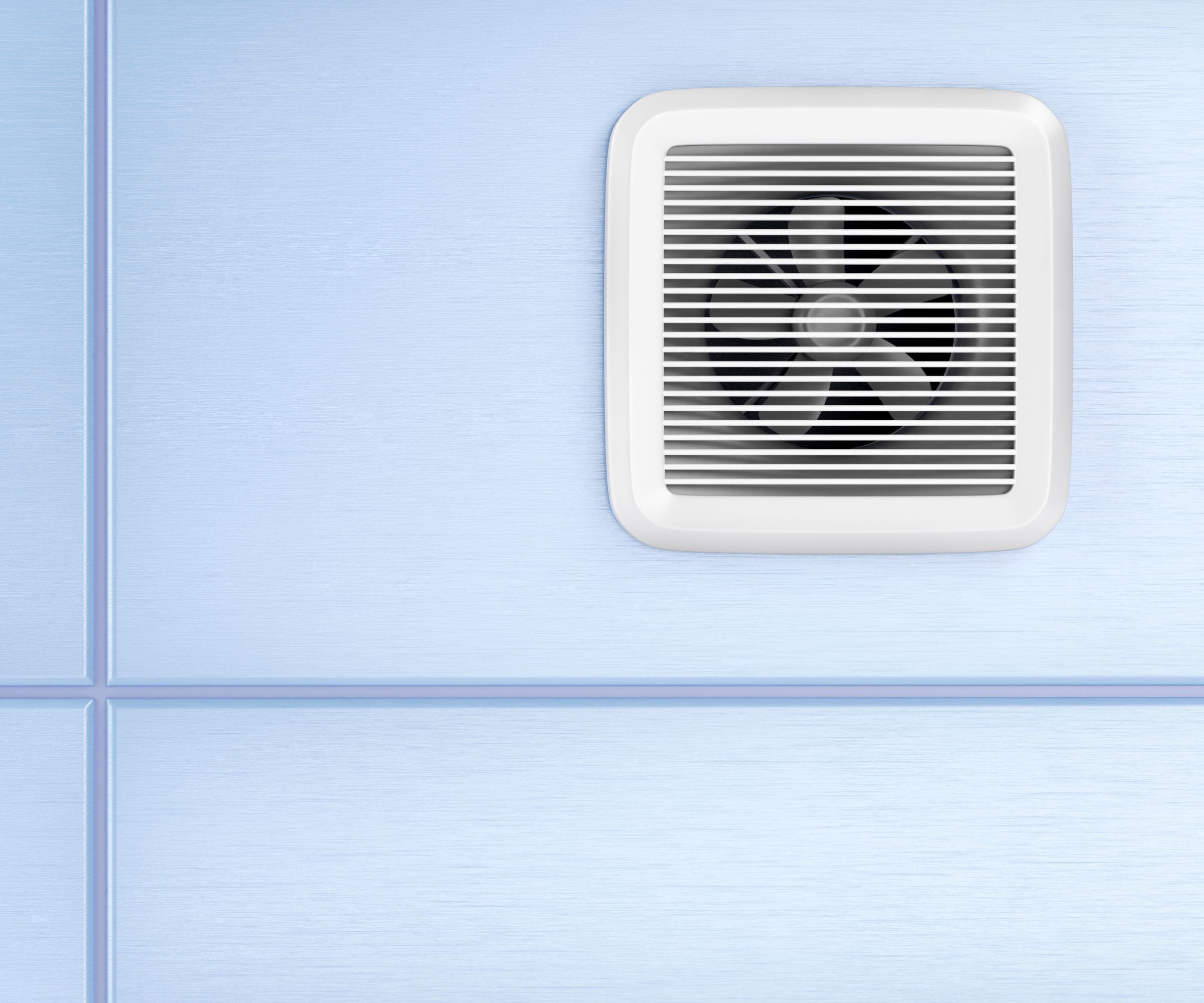
Aminah Vieira, of InspireClean Cleaning Services says, ‘A dusty bathroom extractor fan isn't just unsightly; it can also stop proper moisture extraction. When dust blocks the cover, condensation can build up on your mirrors, damp walls, and cause potential mold growth in your lovely bathroom space. We recommend cleaning an extractor fan monthly with a microfibre cloth to improve bathroom ventilation – remember to always turn the power off first.’
It is not just your bathroom vents that need some attention. Exploring how to clean vents around your home, from learning how to clean your HVAC system to how to clean a kitchen range hood is just as important to dislodge dust and keep your air clean and dust-free.
3. Chandeliers

Forrest Webber says, ‘We've received so many requests to dust and clean chandeliers because they're so hard to reach! We don't allow our cleaners to use ladders, so we use an extended duster, such as the Bona extendable microfiber duster, from Amazon.’
Aminah adds, ‘Overhead light fixtures and ceiling fan blades might be out of sight, but they shouldn't be out of mind. For light fixtures and ceiling fans, use an extendable duster with a microfibre head. A top ceiling fan cleaning tip is to place an old pillowcase around each blade as you clean it to catch falling dust.
4. Doors

Delah Gomasi, cleaning expert and managing director of MaidForYou shares, ‘I can’t tell you how many times I’ve walked into a client’s home and thought the house looked relatively clean until I got a glimpse of the doors inside. I’ve always assumed that people forget to wipe down their doors because it’s not always easy to spot dust on them, but at the right angle, you’ll notice quite a bit of dust buildup on doors, as well as door frames.’
Doors are one of the many high-touch surfaces to clean before and after guests. Delah continues, ‘Cleaning them can be as simple as a quick wipe down with a dry or slightly damp cloth. For stains or stubborn marks, my quick fix is a microfibre cloth paired with an all-purpose cleaner or soap and water.
‘While it may not seem like a big deal, not cleaning your doors can lead to stains and discoloration of the finish, so be sure to include them in your regular or weekly cleaning routine.’
5. Light switches
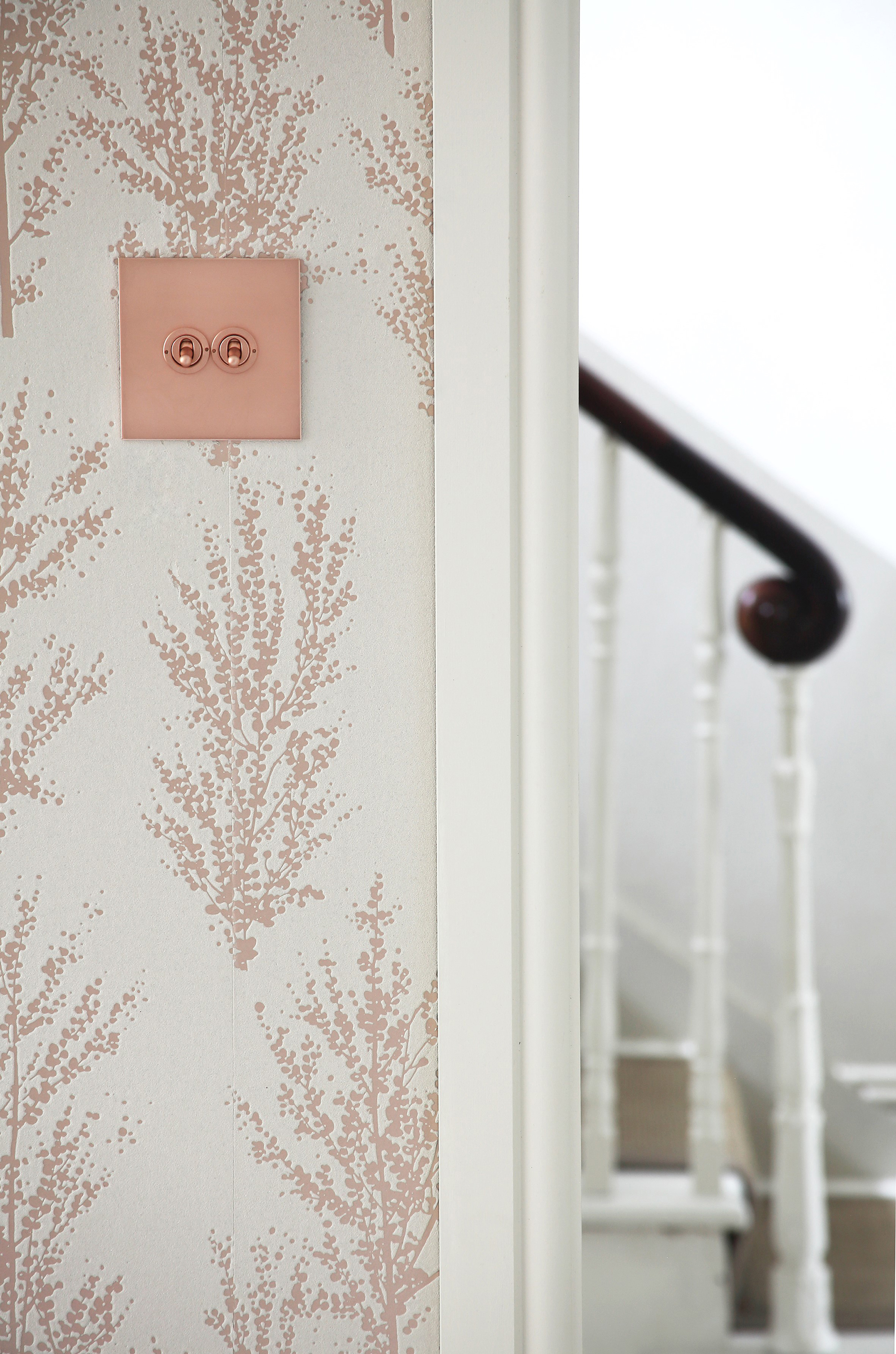
To remove dust properly you need to focus on all the little nooks around your home. That includes small surfaces like light switch plates, which are likely one of the things you're forgetting to clean in your bedroom and beyond.
Delah continues, ‘These are one of the most frequently-touched things in a household and somehow, the least cleaned! Although you won’t find a lot of dust on the switches, if you look closely between them and along the edges, there will likely be a layer of fine debris resting on these surfaces.
‘It’s important to note that light switches should be both cleaned and disinfected. To do this, dust the entire switchboard with a dry cloth and use a crevice brush for the nooks and crannies. Then, take a clean soft cloth and dampen it with a reliable disinfectant. Use this to gently wipe the switches and board, and allow it to air-dry. Disinfectants, such as Attitude's Natural All-Purpose Spray [from Amazon], are most effective when they are left to sit and dry on the surface.’
6. Instruments

Forrest Webber, pro cleaner, says ‘This will be more rare, but pianos. Dust can accumulate on the top and inside of pianos, and their strings need to be regularly dusted to keep them healthy. I play piano regularly, so this cleaning tip is something I pay attention to.’
The same goes for any instruments you have on display in your home, be it a guitar or a violin. These should be cleaned with a dry, soft, lint-free cloth to protect them from scratches and damage. For example. I keep a lint-free muslin cloth (from Walmart) with my violin to clean away dust and rosin residue each week.
FAQs
What happens if you never dust your house?
If you never dust your house, dust, debris, and microparticles will build up, reducing our indoor air quality. When inhaled, dust can cause respiratory discomfort and exacerbate existing conditions such as allergies and asthma. A serious dust build-up also makes your home look untidy, making regular cleaning just as important aesthetically as it is for your health.
What is the most efficient way to dust a room?
When dusting any room, always work from top to bottom. Working this way when cleaning means that any dust or debris that is dislodged falls onto surfaces you still need to tackle, saving you time by avoiding having to go back over surfaces twice. This means starting at the ceiling, then high shelves and cabinets, down to upholstery and lower surfaces, before finishing with the floor.
It is a good rule of thumb to dust your home around once a week to stay on top of build-up. There are several reasons why your home gets dusty very quickly, however, that might mean you have to increase this. For example, if you have pets or unsealed windows and doors.

Chiana has been at Homes & Gardens for two years and is our resident 'queen' of non-toxic living. She spends most of her time producing content for the Solved section of the website, helping readers get the most out of their homes through clever decluttering, cleaning, and tidying tips. She was named one of Fixr's top home improvement journalists in 2024.
